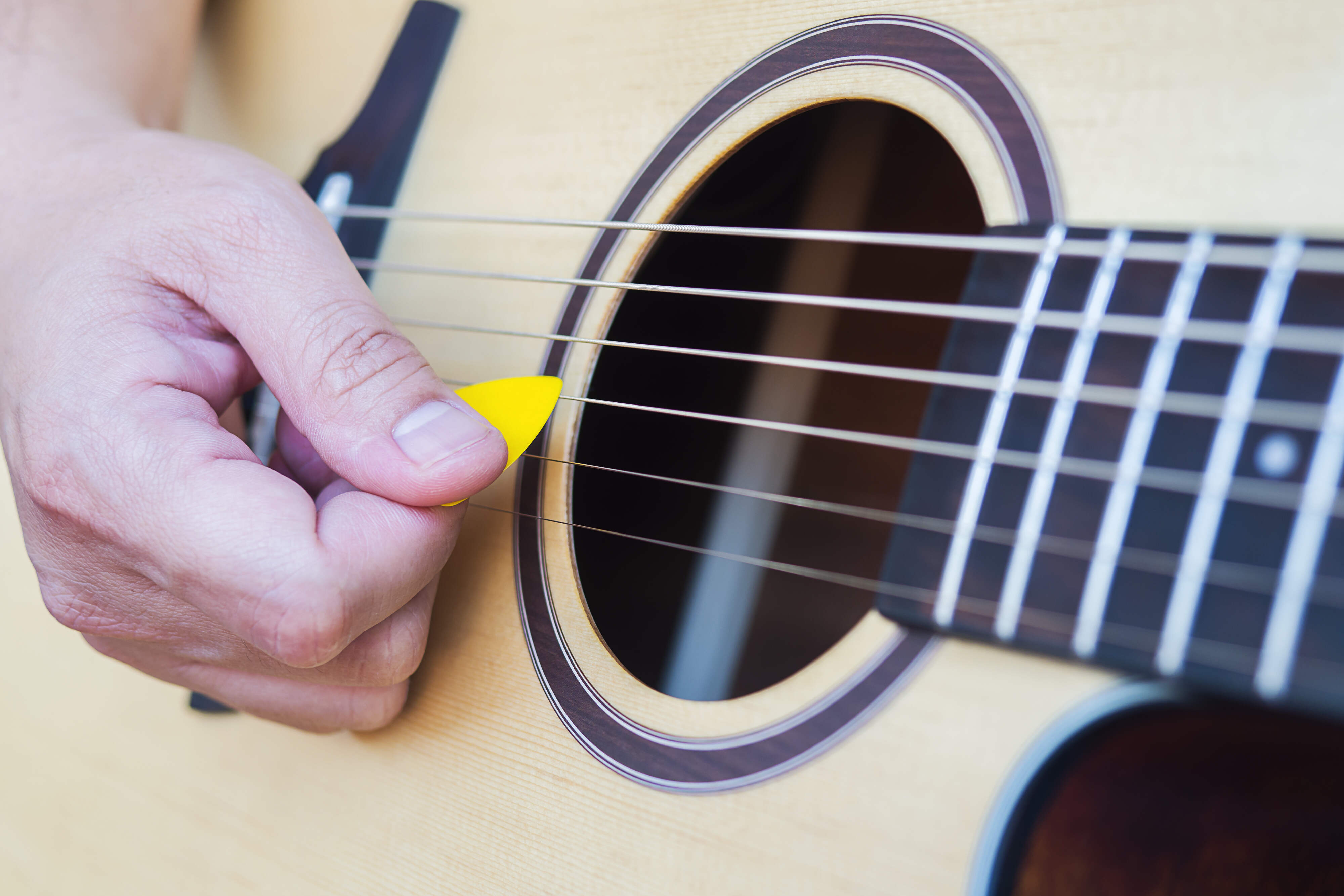All Topics
- Alchemizing Music Concepts for Students
- Artist Spotlight
- artium gift card
- Artium Maestros
- Artium News
- buying guide
- Carnatic Music
- Devotional Music
- Editorials by Ananth Vaidyanathan
- Film Music
- Guitar
- Hindustani Classical Music
- Indian Classical Music
- Indian Folk Music
- Insights
- Instruments
- Karaoke Singing
- Keyboard
- Kids Music
- maestros
- Music Education
- Music for Kids
- Music Industry
- Music Instruments
- Music Legends
- Music Theory
- Music Therapy
- Piano
- piano guide
- Success Stories
- Tamil Film Music
- Telugu Film Music
- Time Theory
- Tools
- Uncategorized
- Vocal Singing
- Vocals
- western classical music
- western music
- Western vocal music
8 Basic Guitar Chords for Beginners
8 Basic Guitar Chords for Beginners

Table of Contents
Learning guitar is one of the most rewarding things you can do – but it can also be one of the most challenging. Luckily, there are plenty of basic guitar chords that can bolster your skills without driving you crazy along the way. One of the first things to do when you’re new to playing the guitar is to learn the basic guitar chords for beginners.
If you are ready to get started and learn easy guitar chords for beginners, buckle up, grab your guitar, and get ready for a fun and exciting journey! Here is a detailed step-by-step guide to guitar chords for beginners.
A Major
A major chord is a good place to start because this chord of the guitar is positioned on the second fret, allowing you to use your other fingers to vary it up. Simply place your first finger on the fourth string, your second finger on the third string, and your third finger on the second string – all on the second fret.
C Major
To play the C major chord, place your third finger (ring) on the fifth string (3rd fret), your middle finger on the fourth (2nd fret), and your index finger on the first sting (1st fret). The 6th string, like the A chord, cannot strike.
D Major
D major has a distinctive triangular form. Use your first two fingers to play E and G on the second fret, then your third finger to push down the B string on the third fret. The final sound is upbeat and uplifting, and it may be reminiscent of many well-known cheerful songs.
E Major
The E major chord is special in that it needs the use of every string. Place your first finger on the third string’s first fret, then your second finger on the fifth string’s second fret. The third finger is placed on the fourth string’s second fret. Finally, hold them all down and strum in unison. Try to strike them all at once!
G Major
The G major chord is a little more difficult than some other chords, and it might be difficult to rapidly go on to other chords after playing it. To play it, place your first finger on the second fret of the fourth string, your second finger on the third fret of the fifth string, and your third finger on the third fret of the first string, and pluck them all gently.

A Minor
If you can play E major, A minor should be a piece of cake. Simply move your finger one string higher. This chord is also extremely near to A major if the B note is moved from the second to the first fret. Minor chords give a melancholy tone to them, making them ideal for sad songs. The A chord is a must-know for all beginners!
D Minor
The D minor chord is nearly identical to the D major chord. However, the high E must be moved from the second to the first fret. For the chord to sound right, the fifth and sixth strings must be muted. D minor sounds like you’re getting ready to say something significant. It’s popular among artists of various genres, but it sounds especially excellent in a decent country or folk tune.
E Minor
If you’re seeking simple guitar chords, E minor is a good place to start. To effectively play E minor, simply take your E major chord and omit the G string. It’s undoubtedly one of the simplest minor chords to learn, and even the most inexperienced guitarist should be able to play it within minutes of taking up their guitar.
Takeaway
The guitar is a lifelong learning experience. It is ideal to take music online classes from an academy and have teachers lead you through the process to make it more exciting and educational. At Artium Academy, Raju Singh, our program’s faculty chair, has well-crafted the guitar course. Learn guitar online and enjoy the experience of the guitar via numerous genres of world music.
FAQs on Basic Guitar Chords for Beginners
The 8 basic open chords for beginner guitarists are: C Major, G Major, D Major, A Minor, E Minor, E Major, F Major (Simplified) and A Major. These chords are called “open” chords because they use a combination of fretted notes and open strings (strings you play without pressing down any fret), making them easier for beginners to play.
Technically, there are hundreds of chords you can play on a guitar, ranging from basic open chords to complex jazz chords, barre chords, power chords, and extended chords like 7ths, 9ths, and more. However, for most beginners, starting with the core 15–20 open and barre chords is a great way to build a solid foundation.
A forbidden chord, often referred to tritone or diminished 5th interval, is popularly dubbed as “Diabolus in Musica” (devil in music) due to it dissonant sound. These chords are considered unsettling and harsh in musical contexts. In modern music, it is creatively used in genres like Metal and Jazz.
A chord on the guitar is a group of three or more notes played simultaneously. Most basic chords are built using a root note, a third, and a fifth. When you strum multiple strings that produce these notes, you create a chord. Beginners usually start with major and minor chords, which form the building blocks of most songs.
There are no rules as such, but a few core principles include –
– Chords are built from scales, typically using the 1st (root), 3rd, and 5th notes.
– Major chords sound bright and happy; minor chords sound sombre or emotional.
– Use proper finger placement and press just behind the fret, not on top of it.
– Don’t mute or buzz the strings—your fingers should be arched and clear.
– Practice transitions between chords smoothly to play songs.
The difference lies in the third note of the chord: Major chords use a major third, which gives them a bright, cheerful sound. Minor chords use a minor third, which produces a darker, more emotional tone. For example, C Major feels happy and open, while A Minor feels introspective or melancholic.
Reading plucking (or fingerpicking) patterns and chords usually involves:
– Chord diagrams that show finger placement on strings and frets.
– Tablature (TAB) that indicates which string and fret to pluck.
– Numbers on TAB represent frets; the strings are listed from bottom (high E) to top (low E).
– For fingerpicking, letters like P (thumb), I (index), M (middle), A (ring) may be used in classical guitar.
Start slow, focus on plucking one string at a time, and build rhythm and coordination.






